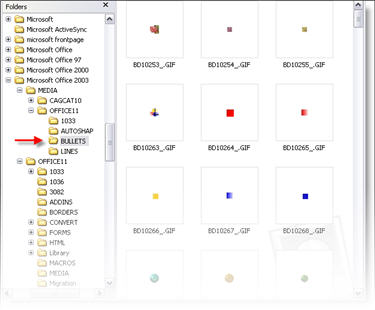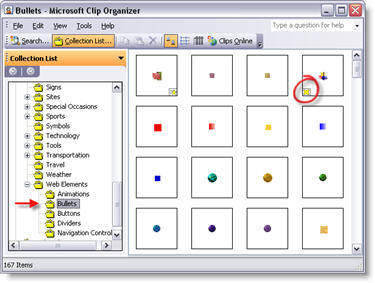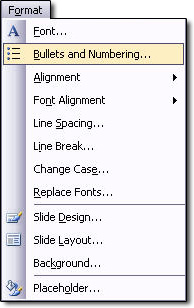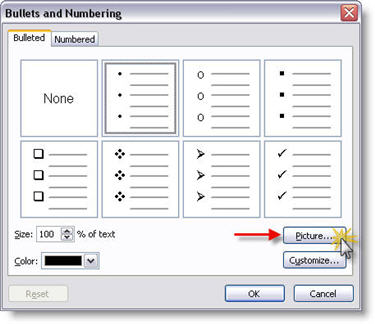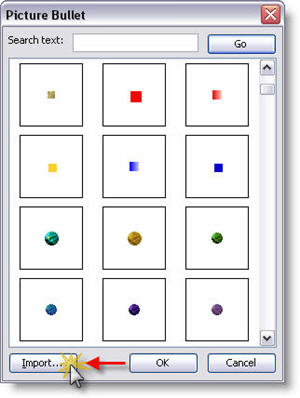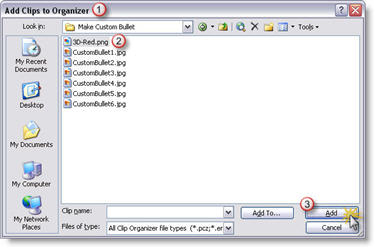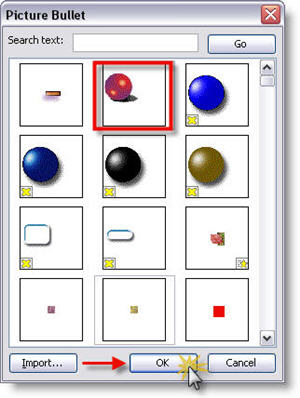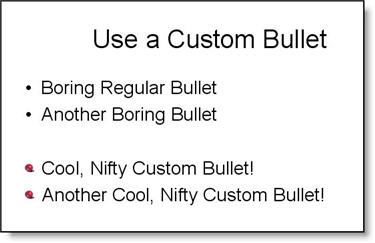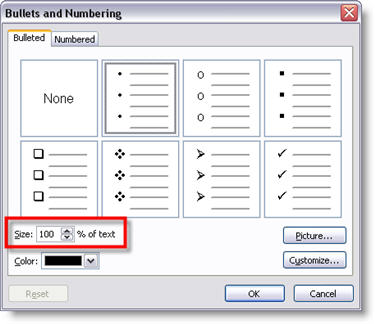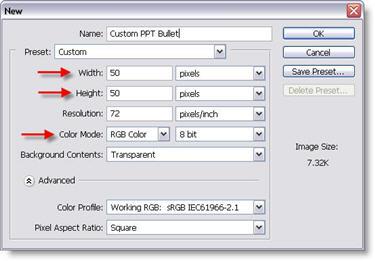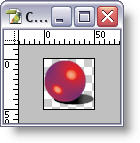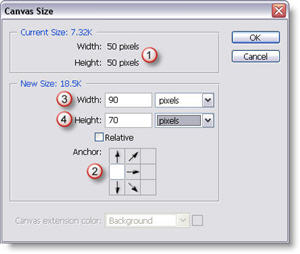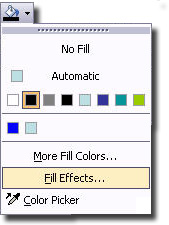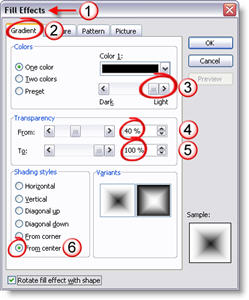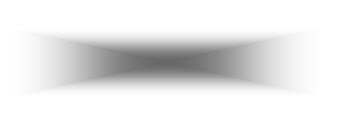Make Your Own Custom Bullet Collection
Perhaps you have some custom picture bullets that you use ongoing. Never fear, there is a fairly easy way to organize your own collection.
(1) Either create your own folder to contain the bullet images or use the Office default folder (see item #1 on 5-8-06 post).
(2) Copy picture bullet images into folder
(3) Open the Clip Organizer (see item 3 on the 5-6-06 post) and go to FILE >> NEW COLLECTION.
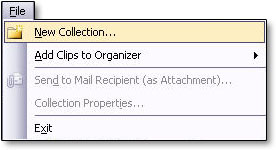
(4) Name the collection and click okay.
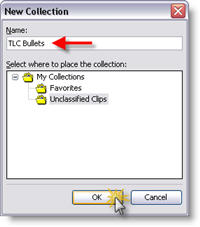
(5) Select the new collection in the COLLECTION LIST column. Go to FILE >> CLIPS TO ORGANIZER >> ON MY OWN.
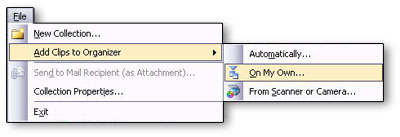
(6) Repeat for all images in your personalized collection. Note: You can use the >> CLIPS TO ORGANIZER >> AUTOMATICALLY to search the computer, then select the specific folder to add all new images at one time.
(7) Now when you add Custom Picture Bullets to any presentation, your collection of bullets is available!
-Troy @ TLC

